Falls while skating or cycling are often unavoidable, especially for beginners. To protect yourself from an accident, you must wear special safety equipment: a skate helmet (if you skate) or a bike helmet (if you prefer cycling). In this case, a question arises: Can a bike helmet be used for skateboarding and vice versa?
We all know one thing: a helmet saves your life. They reduce the risk of serious injury on impact by 51% and the chance of death by 44%. However, bike and skate helmets work differently.
In this article, you will find information on the intricacies of the differences between the two types of head protection – from design to function. This will help you resolve the eternal bike helmet vs skate helmet conflict for yourself.
- What’s the difference between a skateboarding helmet and a bike helmet?
- Safety standards
- Helmets for skaters
- Bicycle helmets
- Style
- Head Coverage
- Cost
- The presence of a visor
- Outer Shell
- Air Ventilation
- Why is certification important when it comes to helmets?
- Bike helmet vs skate helmet: Frequently Asked Questions
- Can I use bike helmet for skating?
- Can kids use a bike helmet for ice skating?
- Why do street skaters not wear helmets?
- Which helmet is best for skating?
- Do you need a special helmet for skating?
- Conclusion
What’s the difference between a skateboarding helmet and a bike helmet?
Security is an important aspect of skaters’ and cyclists’ lives. If there is no safeguard in such a way there are risks of head injuries. Therefore, passengers must always be careful while traveling. The first step in reducing accidents is to wear helmets.
Is there any alternative headwear similar? Yes. Possibly the closest skateboarding helmet might be for cycling.
Safety standards
One of the differences between both types of helmets is the different helmet safety requirements. Each sport has its unique accident protection policy, so helmets save lives properly.
Some standards are regulated by the state, while others are simply consensus rules that manufacturers usually adhere to.
You can check different helmet safety standards by looking at the special stickers found on the inside of the helmets. The following are some of the main standards:
Helmets for skaters
For the production of skate helmets, manufacturers only need to comply with ASTM F1492 standards. They mean that the products contain a softer foam, not suitable for strong impacts.
However, the skateboard helmet has a thicker outer shell, which makes it suitable for a variety of minor collisions and drops when skateboarding.
The above difference indicates that you should not wear a skate helmet when cycling on the road. But if you are cycling in the park or in places where there’s less chance of major accidents, a skateboard helmet may well be an acceptable alternative.
Most riders use a dual-certified helmet that meets both the CPSC and ASTM standards. You can look online for specs or stickers on skateboard helmets and see if they can take a hard hit or not.
Bicycle helmets
Bike helmets are specifically designed to withstand only one hard impact, such as being hit by a motorcycle or car, or falling onto the pavement at high speed. As a result of such collisions and impacts, the foam inside the helmet is compressed.
Since a strong impact can deform a helmet, wearers should find a replacement to ensure their maximum safety.
Style
One major difference between bike helmets and skate helmets is in their designs.
Some mountain bikers, commuters, and casual road cyclists prefer skater helmet styles to their appearance. However, few skate-boarders actively look for bicycle helmet styles for the looks. Skate helmets seem cooler and more youthful.
From this perspective, skate-style helmets are more suitable than most other options as they don’t appear out of place on bikes or skateboards (some manufacturers sell snow liners that are easy to put into a summer helmet). Consequently, those looking for versatile riding should not rely on Tour de France riders for styling.
Head Coverage
The most visible differences between helmets are ventilation and helmet visors as well as head protection. Different types of falls or collisions are linked to a single activity. A mountain bike helmet, also known as a BMX helmet, is fully covered in the face.
The most serious leaps on bikes require serious helmets.
There are standard helmets that cover the top only, like road bike helmets. Others provide the top and back head coverage, like a mountain bike helmet, while full-face helmets with a visor and chin protector often appear in downhill riding.
A Mountain bike riding helmet with full-face coverage is not the most suitable option as a skateboard headgear.
Helmets for road bikes typically don’t cover the lower back of the head. This is because riders rarely fall backward off the bike. A helmet should cover the back of the head when you’re riding a skateboard, though.
Although some are more cautious, full-face MX visors may conclude a greater level of protection will be desirable for many uses. Head coverage of typical helmets is not recommended for general use due to their heavier and hotter materials.
Cost
Modern helmets can be found in several styles and colors. You can find a good biking helmet for both $30 and $300. Considering head care is the main reason for buying it, it would be easy to assume that the more you pay, the more protection you get.
Typical helmets range between $44 – $660, and full-head helmets are between $60 – $200. There are helmets in various sizes available for all types. You could get new headwear in a single size, however, quality is not guaranteed.
The presence of a visor
One of the important characteristics of mountain biking helmets is the presence of visors. They help reduce glare and provide better visibility in sunlight.
At the same time, road bike helmets don’t need visors because road bike riders usually wear sunglasses. Likewise, visors are missing from most skate helmets.
Outer Shell
Bike helmets offer to withstand extreme force (like being hit by a car). Depending on the helmet, skateboard helmets are not designed to combat extreme force.
Bike helmets shells are usually protected by polycarbonate — thin plastic — and are lighter in weight, contributing to faster bike speeds.
Skate helmets are similar in weight to bicycle helmets, but unlike them, they tend to be stiffer and withstand multiple impacts, which is why they have thick outer shells.
Air Ventilation
Air vents are essential, especially in the heat of the day, as they help keep your head cool. Bike helmets often have more vents than skate helmet one.
Bike helmets need more ventilation because bicycle riders tend to be more exposed to high temperatures than others. They have to travel long distances, such as 10 km to work or a 40 km lap in the mountains.
Even though these helmets use less material, they look more expensive than the rest. It is quite logical that manufacturers are forced to make bike helmets safe, light, and durable at the same time.
In some top-class helmets, as a rule, aerodynamics do not provide ventilation holes. The fewer aerodynamic elements, the less wind resistance is created by the vents. For example, a skate and BMX helmet, both have limited vent holes.
Skate helmets feature a sleek design with fewer air holes. There are separate helmets for skateboarders with vents, but their design does not promote air movement. At the same time, cycling helmets are equipped with holes in the front and back for their passage.
Why is certification important when it comes to helmets?
Certifications are important to help prevent you from getting a skull fracture or a serious brain injury. The good news is all bicycle helmets manufactured after 1999 must meet the Consumer Product Safety Commission standard.
A certified helmet won’t guarantee you won’t suffer a concussion, but they give you the best chance to avoid a more serious head injury.
When a helmet is designed for both skating and cycling, it usually means they’re also certified as multi-impact helmets.
Thus, if a helmet holds certifications for biking and skateboarding, you can use the same helmet for both activities.
Bike helmet vs skate helmet: Frequently Asked Questions
Can I use bike helmet for skating?
You may use a bike helmet for skateboarding – they are not too heavy and have a good ventilation system for skateboarding. Still, it is best to wear skating helmets, even though a multi-sport helmet is always an option.
Can kids use a bike helmet for ice skating?
Yes – bike helmets are quite suitable for children while ice skating. Since this is a very dangerous process and it is imperative to protect your head, a bike helmet with an easily adjustable size can be used as a protective measure.
Why do street skaters not wear helmets?
Many skaters don’t wear protection or just wear a baseball cap to look cool, but don’t forget that risking your head for the opinions of others can cause very serious injury. It may sound like your parents are talking about it, but if you fall, you’ll be glad you’re wearing a helmet.
Which helmet is best for skating?
The best skateboarding helmets are the ones that provide safety while skateboarding as well as comfort, durability, style, etc. These are just the gist. You should know in detail about different factors when purchasing the correct helmet, such as the size, ventilation, and certification (a CPSC skate helmet).
Do you need a special helmet for skating?
Skateboarding is an extreme sport, it is an active movement and the risk of frequent falls.
Falls here are hard and fast, so protection is essential, whether you’re a pro or a novice.
Of course, it is advisable to purchase special skate helmets, but if you do not have such an opportunity and you only have existing bike helmets, then use those. Most importantly, don’t leave your head unprotected, and don’t hesitate to spend some money on a new helmet.
Conclusion
That’s all about our skate helmet vs bike helmet comparison. Undoubtedly, these two types have a few important differences and features. They differ in safety standards, visors, coating, and external and internal materials.
The choice of a proper helmet largely depends on your personal preferences. If you need an accident prevention product, you should choose the right kind. Skateboard helmets will protect your entire head, while bike helmets will focus on protecting the front end in a hard frontal impact.
While skate helmets are very different from biking helmets, some can be used as alternatives to others. But not every skateboard helmet can be used for cycling or vice versa.
In such cases, it is highly recommended to choose a helmet that is CPSC and ASTM-approved. Believe me, you will find many helmets with such a summary.
Remember, that both skate and bike helmets save lives, which makes this safety gear essential in your equipment when riding bikes and in line skating.


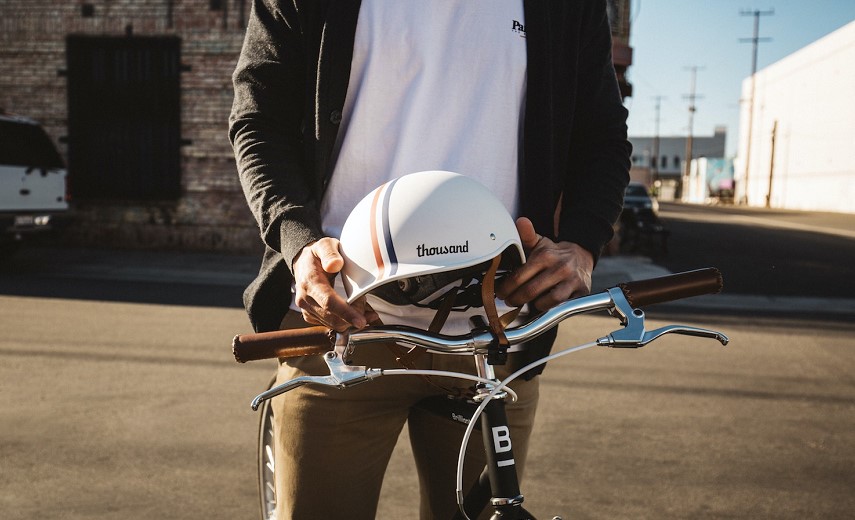
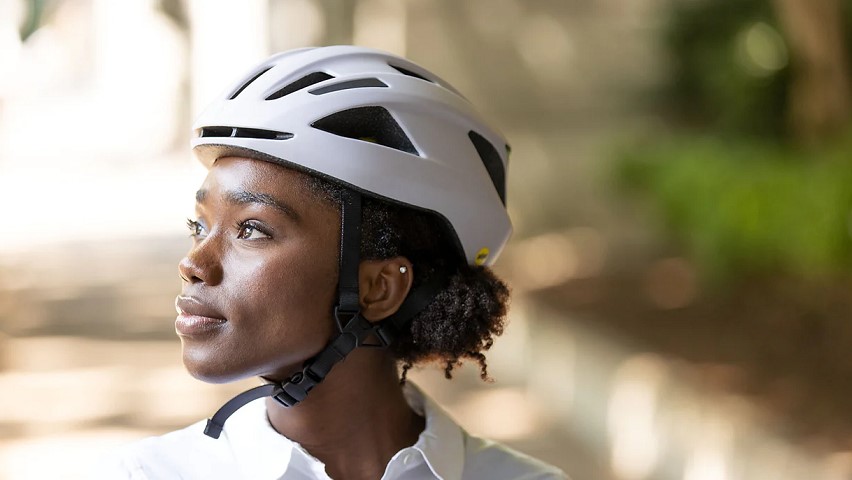
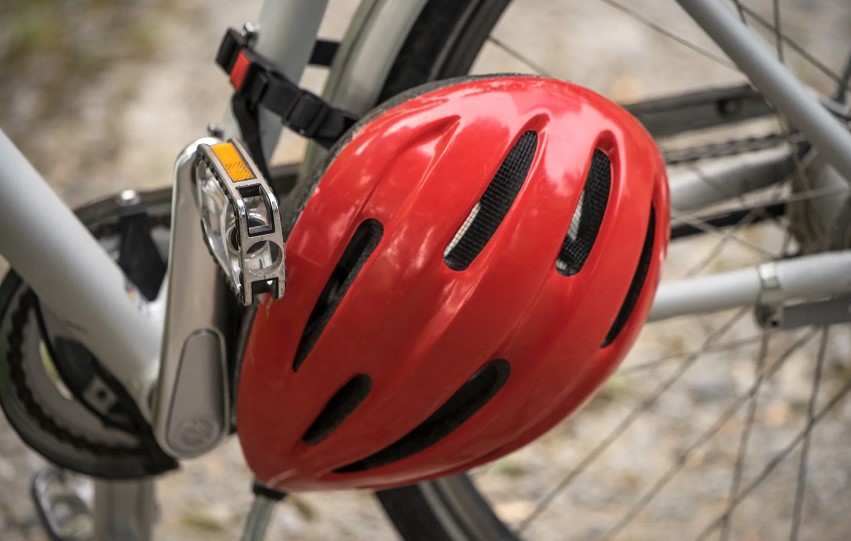
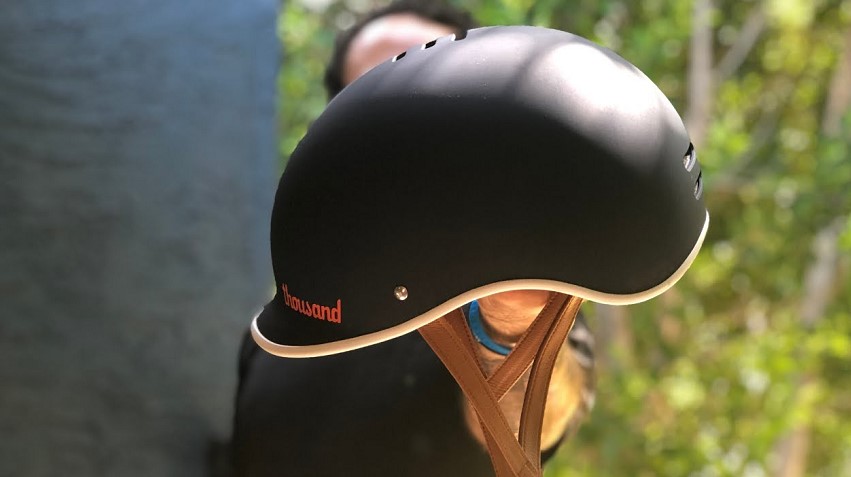
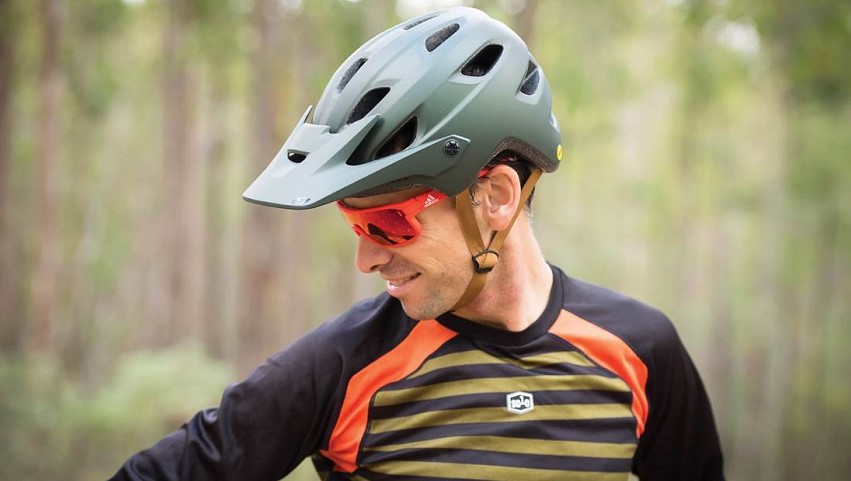
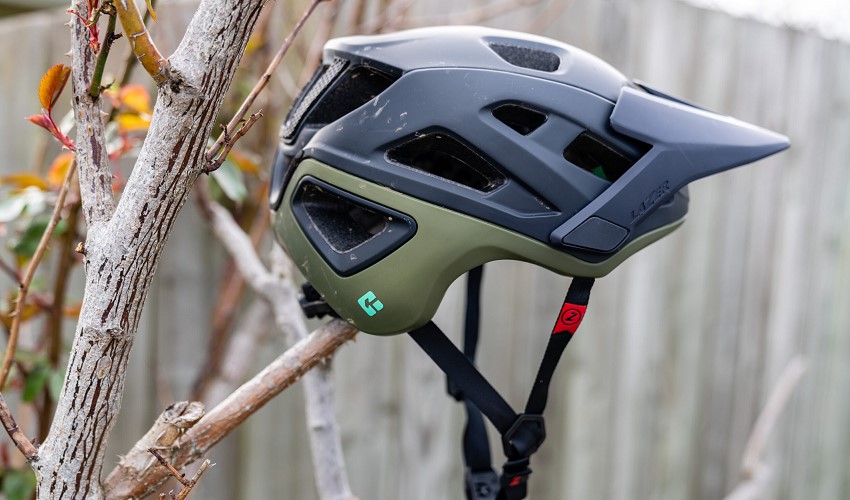

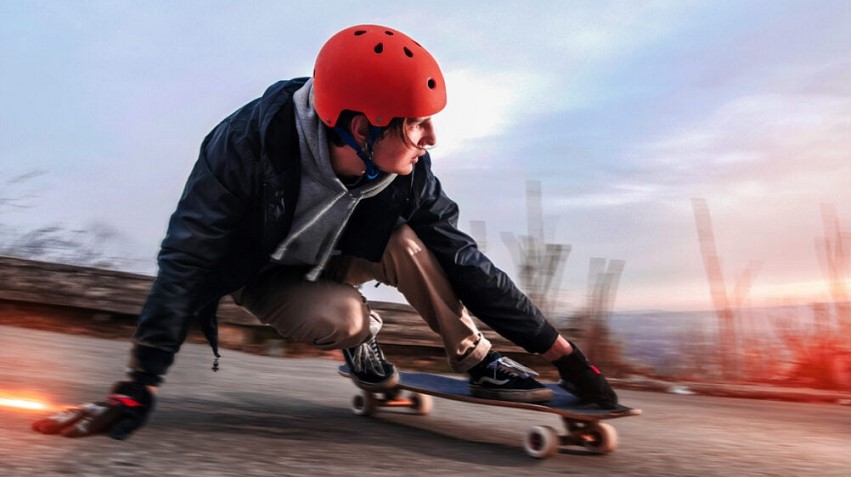



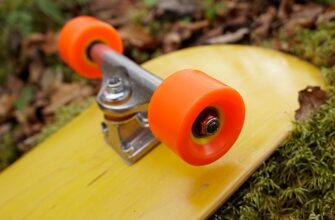


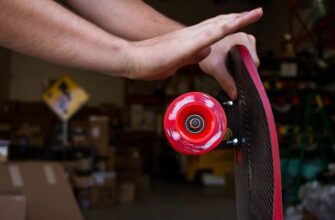
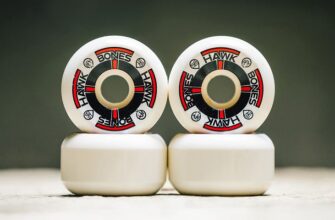
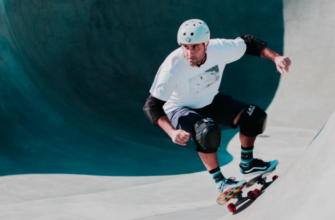
Hey dude, this post is super informative about the differences between bike helmets and skate helmets! As a fellow boarder, it’s always good to know the best ways to stay safe and protect our heads while we shred.
Glad you found the post informative! It’s always important to prioritize safety while enjoying our favorite activities.